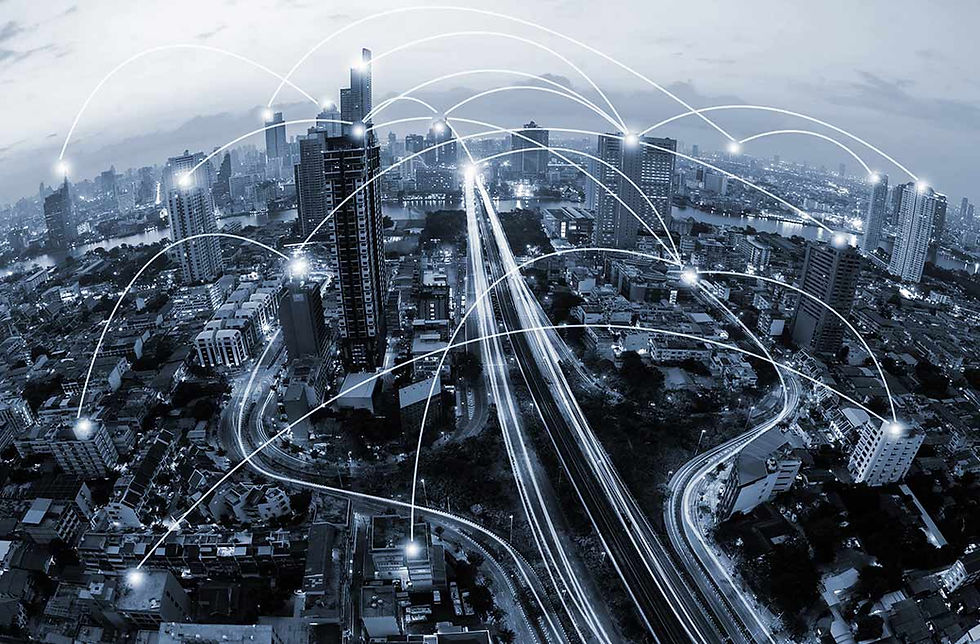
In this age of extreme policy measures and polarized reactions it’s difficult to get a sober assessment of major policy initiatives, and Biden’s infrastructure plan is no exception. Here is how I look at it.
1. Infrastructure is a lot more than roads and bridges. Knee-jerk accusations that only about 6-7% of the planned $2.2 trillion in spending goes to “true” infrastructure, namely roads and bridges, therefore are ludicrous. A reliable and efficient energy grid and internet network, for example, are crucial parts of a modern infrastructure.
2. Manufacturing will keep gaining prominence; it needs a better public-private partnership. After a long period of “benign neglect”, we have rediscovered that a strong manufacturing sector is crucial to fuel innovation and create better jobs. This was already recognized by the Trump administration, and Biden’s infrastructure bill allocates $300 billion to manufacturing, including on semiconductors. The renewed importance of manufacturing is closely linked to the digital-industrial revolution, which blurs the old distinction between manufacturing and services, and can boost value-added across a wide range of manufacturing activities. The digital-industrial revolution will redraw the map of winners and losers in the global economy; in today’s world of increased nationalism and protectionism, this takes on a strong geostrategic dimension. Creating synergy between public and private investment in research, innovation, infrastructure and manufacturing will be crucial, so I see the emphasis on manufacturing as a very positive element of the program.
3. Human capital is as important as physical capital. While investment in human capital does not fit the classic “infrastructure” definition, it definitely belongs in a plan that aims to lift the country’s long-term growth potential. In this respect, Biden’s emphasis on human capital is welcome – besides the spending included in the current plan, the government envisions a follow-up plan focused on “human infrastructure”. In these days of innovation hype we tend to focus on machines and neglect humans; unless we upgrade human capital we will never reap the full benefits of new technologies.
4. Not all spending on human capital is created equal, however. The US, like most other countries, desperately needs better investment in education and training, including in new technologies that can accelerate life-long learning on the job, in school and at home. It needs an education sector that will do a much better job at creating opportunity for a vast majority of young people from all socio-economic backgrounds, both to address inequality and to maximize human capital and economic growth. So in principle it’s great that the latest bill includes over $100 billion for education. But most of this money will be wasted unless the government has the guts to take on the teachers’ unions and improve the performance of public schools. So far sadly there is no evidence that this is in the cards.
5. Budget constraints are underrated. I have made this point in previous blogs: I strongly believe that a tight budget constraint, while uncomfortable, helps focus the mind and set priorities. When you feel like you don’t have a budget constraint, the temptation to throw money at pretty much anything you can think of can become irresistible. So here we find over $500 billion in various benefits, including higher Medicaid spending (almost one quarter of the total bill.) And remember that this comes hot on the heels of the $1.9 trillion stimulus approved last month. Why is this dangerous? Two reasons:
6. If you don’t worry about spending priorities, you will not worry about the quality of spending. When the government feels it can throw a lot of money around, there is a big risk that a lot of the money spent on the right priorities – transportation, energy, education, etc. – will not be well spent.
7. The budget constraint eventually will come back to bite you . This infrastructure bill already includes significant hikes on corporate taxes. Personal income tax hikes will follow. Massive tax increases are never good for growth.
Bottom line: Biden’s infrastructure bill touches most of the right priorities for stronger long-term growth – not just better roads, bridges and (air)ports, but also the energy grid, digital infrastructure, human capital and manufacturing. It could do a lot of good for the US’s economic future. I have two major concerns, however. The first is that the seeming lack of a budget constraint will lead to more of the money being wasted, allocated to lower quality and lower impact projects. The second is that the infrastructure bill is part of a move towards a much larger government role in the economy, with higher spending and higher taxes, which will itself prove highly detrimental to growth and employment.
Commentaires